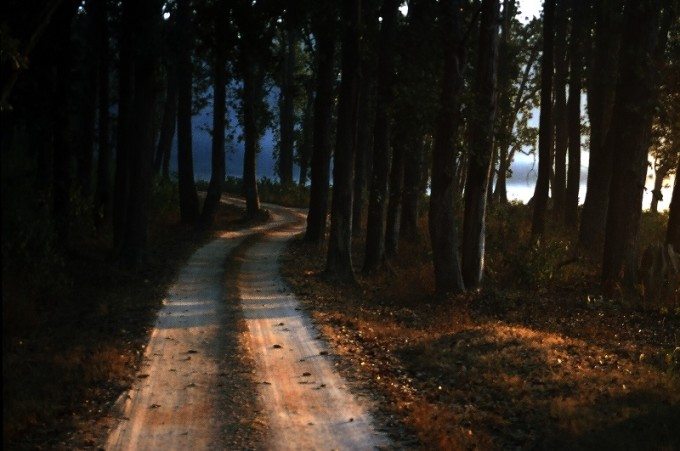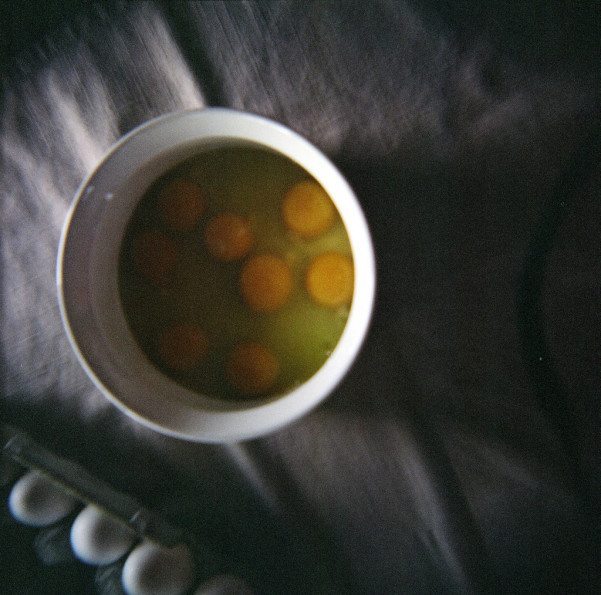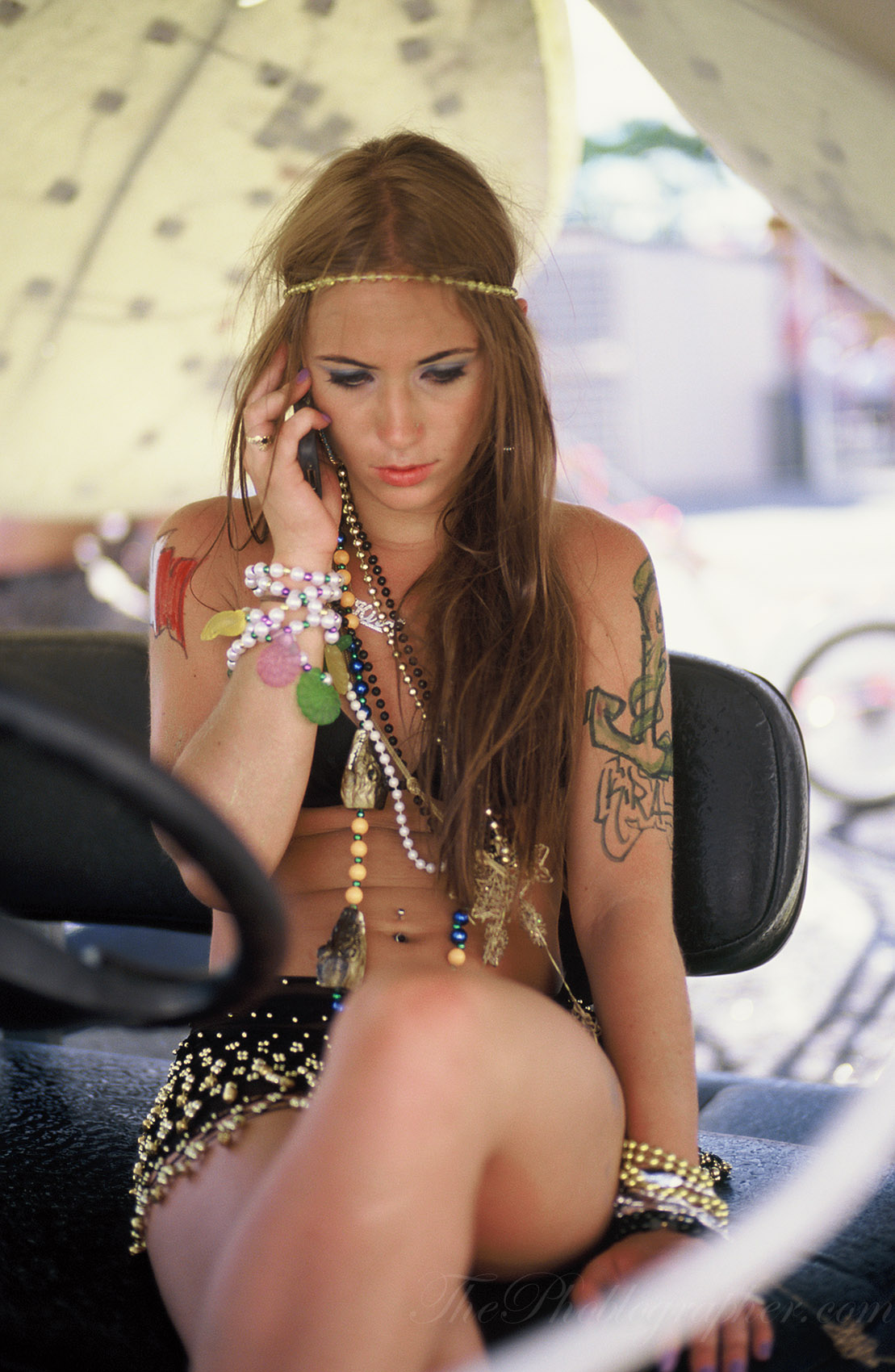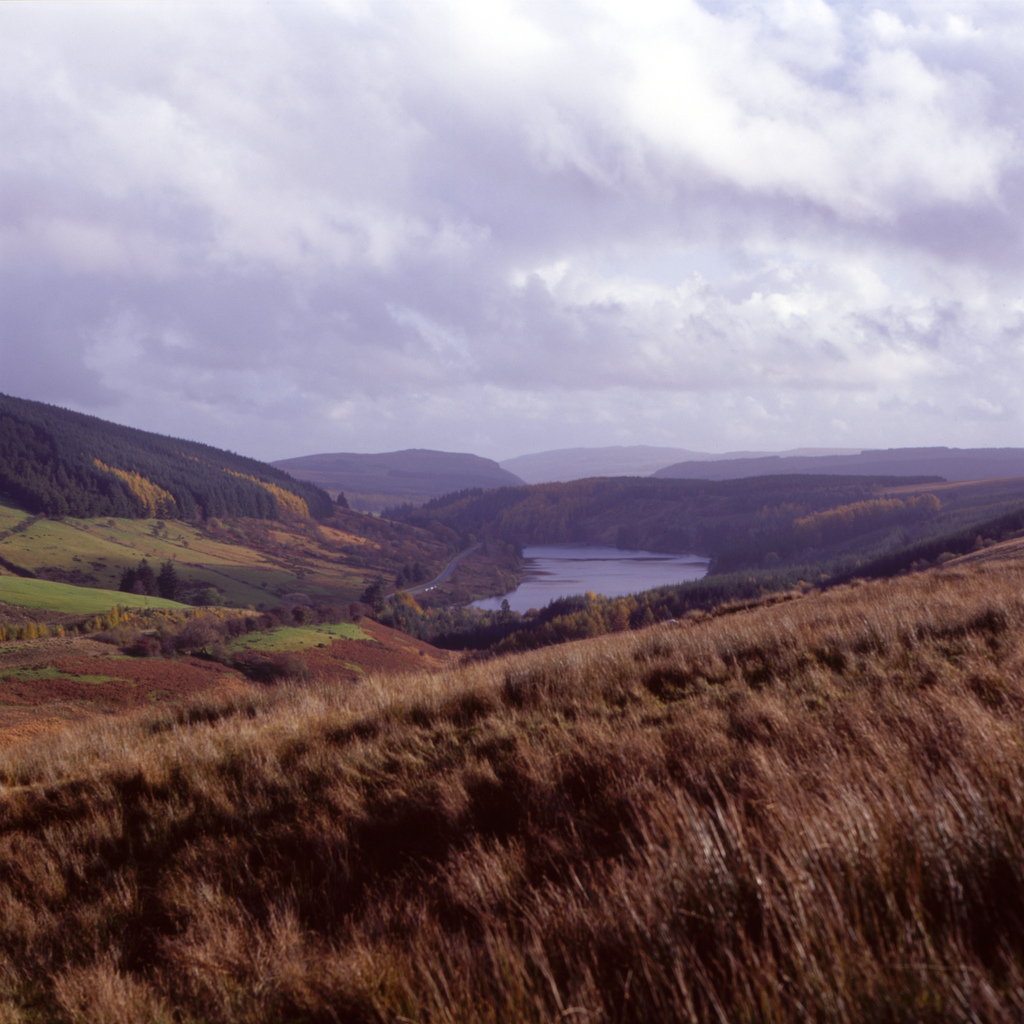Last Updated on 01/03/2016 by Chris Gampat

Ektachrome was Kodak’s last actual chrome film; but in March of 2012, the company discontinued the film not too long after the end of Kodachrome. This March, Ektachrome (in its color variant, because there is also an Infrared version) will have been completely discontinued for four years–a big sign of the way that the times have changed. These days, Ektar is the recommended replacement; but that’s a negative film with super saturated colors. Admittedly, it’s a beautiful film that in fact looks very digital in its color rendition.
Kodak Ektachrome was introduced in the late 1940s and grew in popularity because it used a simpler process for everyday folks to do it themselves as opposed to what Kodachrome required. Like other chrome films, it used the E-6 process. The discontinuation started in 2009, and all of the film was discontinued by 2012.

National Geographic used it often when Kodachrome was too slow of a film; At ISO 100 and above, Ektachrome was ideal. While Steve McCurry shot lots of Kodachrome, he returned to Afghanistan to photograph the famous Afghan girl; but on his recent return he photographed her with Ektachrome.
The photographers at Nat Geo weren’t the only ones who used Ektachrome; Vivian Maier eventually switched to Ektachrome and for a while lots of her rolls were never processed due to financial hardships. Those images have only recently come to light and it’s quite amazing how well they held up.
Like other Chrome films, it required the photographer to get the exposure absolutely perfectly right. It was nowhere as forgiving as modern Portra film. Then again, most chrome film isn’t and that’s the trade off: you get better colors but you’ve got to be an absolute master of exposure. Perhaps this helped contribute to its decline as photography became more and more automated by the masses. Combine that with the ease of use that digital allowed, and you can see how it can be tough for chrome film to be profitable for any manufacturer.

According to the official Kodak documentation on E100:
“The film is intended for exposure with daylight or electronic flash.You can also expose it with photolamps (3400 K) or tungsten (3200 K) illumination with conversion filters. The exposure range is 1/10,000 to 1/10 second without the need for filter correction or exposure compensation.
You can use this film to produce color transparencies for viewing with 5000 K illumination You can also print the transparencies by photomechanical methods or by the photographic methods of direct duplication and direct reversal printing. They can be scanned for graphic-arts reproduction as well.”
The special thing about Ektachrome is that the scans weren’t the best in comparison to Kodachrome; or at least many that I’ve seen weren’t the greatest though there were some. Where Ektachrome really started to shine was in the prints. Any print that I’ve seen from Kodak Ektachrome film is absolutely beautiful and will leave you speechless.

Maybe one day, we’ll see another really awesome Chrome film besides Fujifilm Velvia.

